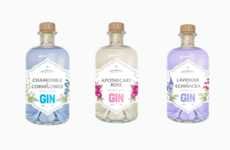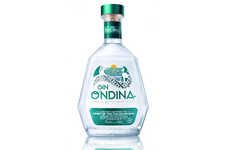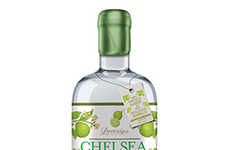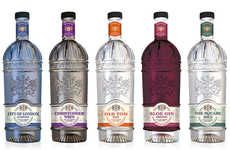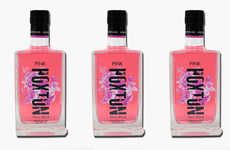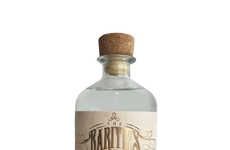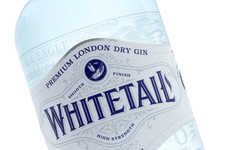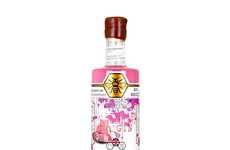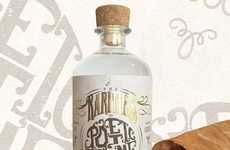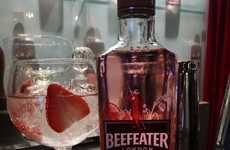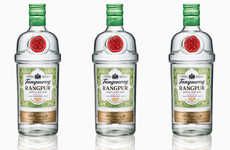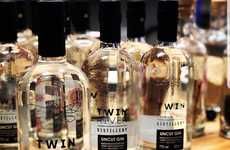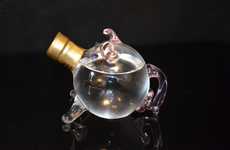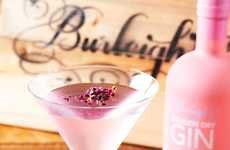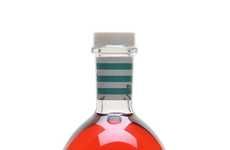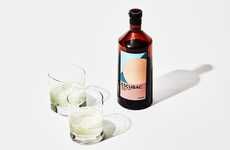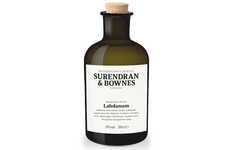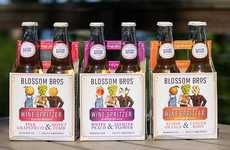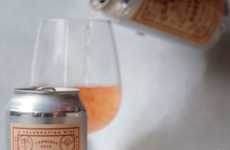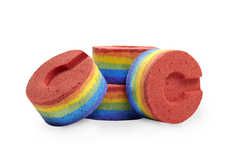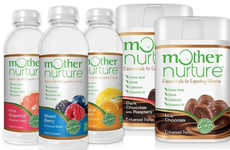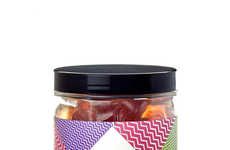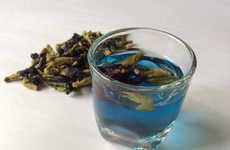
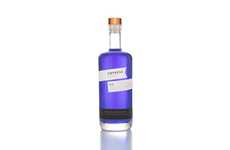


Gins are infused with color-changing ingredients
Implications - Brands that offer gin are becoming increasingly inventive, as is shown by their use of color-changing ingredients that alter the appearance of drinks when they are combined with citrus or tonic. These products offer consumers the novelty and experiential formats they crave in their purchase decisions, in a way that does not alter how they would normally consume these beverages.
Workshop Question - How can your brand merge consumer habit with experimental innovations?
Trend Themes
1. Color-changing Spirits - Brands that offer gin are becoming increasingly inventive, as is shown by their use of color-changing ingredients that alter the appearance of drinks when they are combined with citrus or tonic.
2. Flower-based Gins - The use of flower-based ingredients, such as butterfly pea blossom and rosehip blooms, is increasing as they modify the color of a drink when its pH levels are disrupted.
3. Organic and Natural Gins - A range of distillers are turning towards a more organic and natural approach to gin, as seen with the utilization of 12 botanicals in Ink Gin and the 100% natural distillation of Marks & Spencer's new dry gins.
Industry Implications
1. Alcohol & Beverage - The alcohol and beverage industry can take inspiration from the gin market in terms of introducing new ingredients and more natural distillation processes to create unique, innovative products.
2. Hospitality & Tourism - Bars and restaurants can use color-changing and flower-based gins to create exciting experiential beverage menus for customers.
3. Beauty & Cosmetics - Butterfly pea blossom and other flower-based ingredients used in gin can be incorporated into beauty and cosmetic products due to their color-changing properties.




